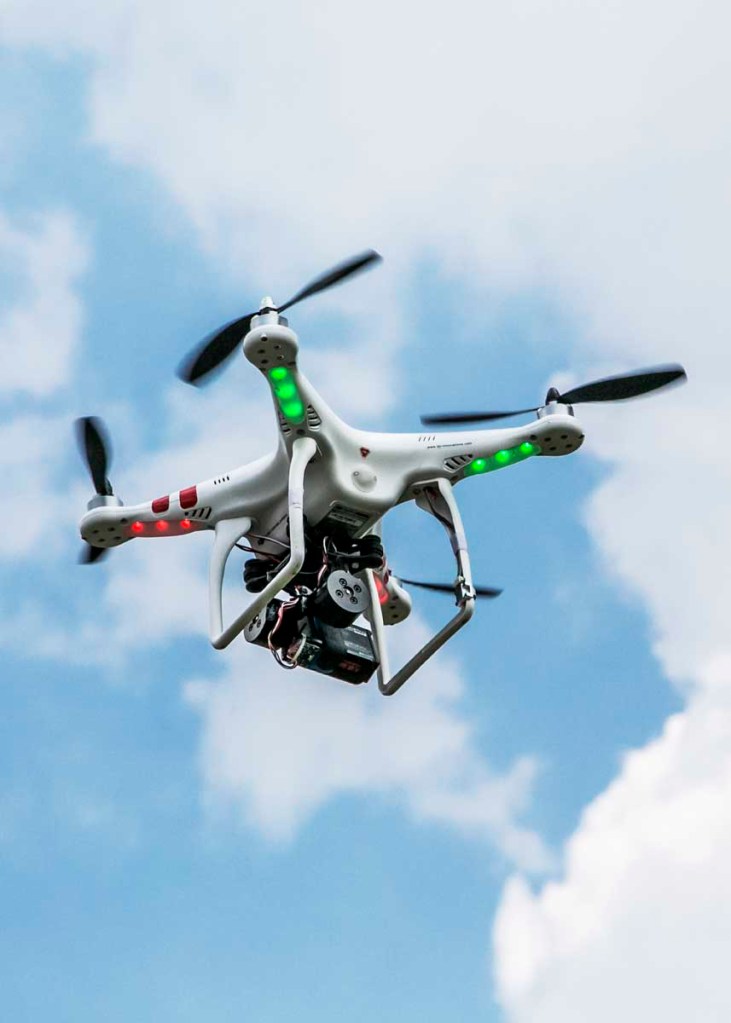Eyes in the sky: Drone technology giving farmers an edge
Published 11:00 am Thursday, July 30, 2015

- Dennis Bowman on how drones can be used in crop scouting.
The days of wading through shoulder-high rows of corn to see how the crops are doing could become a thing of the past with some of the latest technology — unmanned aerial vehicles, or drones.
Dennis Bowman has been flying drones over campus farms to get images from the air, which helps identify problems along the long rows of crops.
Trending
“Technology has always changed farming,” said Bowman, a University of Illinois Extension commercial agriculture field crops educator. “For example, my grandfather farmed with mules and horses. All farmers regardless of the farm’s size are looking at technologies to give them an edge.”
Bowman told the Effingham (Ill.) Daily News 90 percent of farming hasn’t changed much over the years – and new technology is a way to try to squeeze out a little more profit.
Other forms of technology are changing the way farmers operate today, such as development of gasoline engines, commercial fertilizer, computers, hybrid seed, pesticides and plant breeding, he said.
GPS technology is another modern enhancement in agriculture. It contributes to “precision farming,” making sure just the right amount of fertilizer or chemicals is placed on the fields in just the right areas.
According to Bowman, issues across plots of land can be detected earlier with the aerial footage and can possibly be corrected.
“With tight profit margins, farmers are looking for every opportunity to enhance and protect the yield on their crops,” said Bowman. “They are also looking for opportunities to reduce costs by improving efficiency. Technology is a major part of this today.”
Trending
Running on rechargeable lithium batteries, remote controlled drones can stay in the air for up to 15 minutes. The technology provides a computer similar to what today’s smartphones have, according to the U of I article.
But, technology doesn’t stop there.
Today’s agriculture workers use GPS on livestock. There are automated feeding systems on farms today. Drones with infared/thermal cameras can rapidly detect sick animals or help find a lost animal, said Bowman.
The cost depends on the system. But Bowman said a common entry-level system would cost about $1,200. Drone systems can range anywhere from $800 to $50,000.
“When it comes to drones in agriculture, the first major use is crop monitoring,” Bowman said. “Flying over fields to spot problems early when corrective action can be taken and evaluating overall crop health.”
Schabbing writes for the Effingham (Ill.) Daily News.


